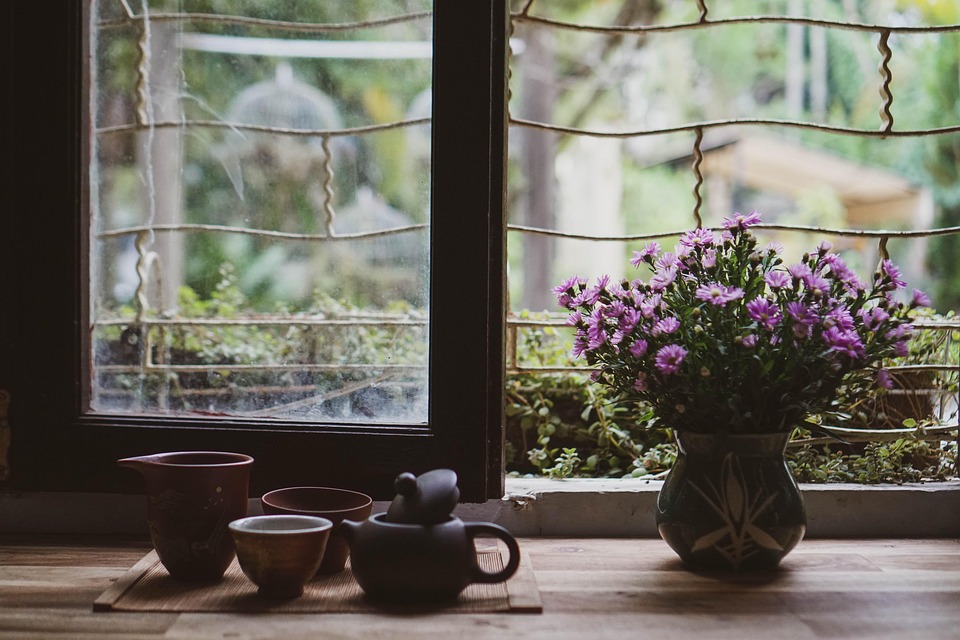Tea has been enjoyed for centuries, celebrated for its diverse flavors, cultural significance, and health benefits. While the journey from leaf to cup may seem simple, it is a complex process that marries both art and science. Understanding this process can enhance our appreciation of tea, guiding us to brew the perfect cup every time.
The Importance of Tea Leaves
The journey begins with the tea leaves themselves. The Camellia sinensis plant is the source of all true teas—green, black, white, oolong, and pu-erh. Each type undergoes different processing methods that affect flavor, aroma, and color.
Harvesting and Processing
Tea leaves are typically harvested by hand to ensure the highest quality, particularly for premium teas. After harvesting, leaves are withered to reduce moisture, followed by processes such as oxidation, rolling, and drying.
- Green Tea: Leaves are quickly heated (pan-fried or steamed) to prevent oxidation, preserving their green color and fresh flavor.
- Black Tea: Fully oxidized for a bold flavor and dark color.
- Oolong Tea: Partially oxidized, striking a balance between green and black tea.
- White Tea: Minimally processed, allowing the delicate flavor of the young leaves to shine.
Each of these processes impacts not only the flavor profile but also the health benefits of the tea.
The Science of Brewing
Once you have your tea leaves, the brewing method you choose can dramatically alter the taste in your cup. Key factors in this process include water temperature, steeping time, and tea-to-water ratio.
1. Water Temperature
Different types of tea require varying water temperatures:
- Green Tea: 160°F – 180°F (70°C – 80°C) to avoid bitterness.
- White Tea: 175°F – 185°F (80°C – 85°C) for a delicate brew.
- Oolong Tea: 190°F – 200°F (88°C – 93°C) enhances its floral notes.
- Black Tea: 200°F – 212°F (93°C – 100°C) to extract deep flavors.
Using a thermometer can help achieve the correct temperature, which is crucial for unlocking the perfect flavor profile.
2. Steeping Time
The time you allow the tea to steep directly correlates with how strong and flavorful it becomes.
- Green Tea: 2-3 minutes
- White Tea: 4-5 minutes
- Oolong Tea: 4-7 minutes
- Black Tea: 3-5 minutes
Too long a steep can lead to bitterness, while too short a steep may result in a flat flavor. Experimenting with steeping times allows you to discover your ideal brew strength.
3. Tea-to-Water Ratio
A general rule of thumb is to use one teaspoon of loose tea leaves per cup of water (approximately 8 ounces). Adjust this ratio based on personal preference and the specific tea type for a more tailored experience.
The Art of Brewing
While the science of brewing tea involves specific measurements and temperature controls, the art lies in the enjoyment of the process.
Tools of the Trade
Various tools can enhance your tea brewing experience:
- Tea Infusers: These allow tea leaves to expand freely, facilitating better infusion.
- Brewing Pots: Different materials (ceramic, glass, or cast iron) can influence flavor based on heat retention properties.
- Kettles: Electric kettles with temperature controls can simplify the process.
Mindfulness in Brewing
Brewing tea can also be a mindful practice. Engaging all your senses—observing the leaves unfurl, inhaling the aromatic steam, and savoring each sip—can elevate your drinking experience, turning it into a moment of tranquility amidst a busy day.
Conclusion
The journey from leaf to cup is a beautiful blend of nature’s bounty, meticulous science, and personal artistry. By understanding the nuances of tea brewing, from the types of leaves to the various brewing techniques, tea lovers can unlock an enriching flavor experience.
Whether you prefer the soothing notes of green tea or the robust flavors of black tea, each cup has a story to tell, a series of transformations that reflect both tradition and personal touch. So next time you brew a cup, take a moment to appreciate the art and science at play—your perfect cup awaits.



